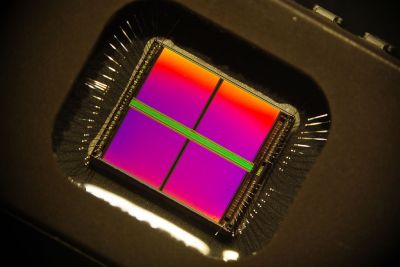Moore's law works well for chips in the digital world, but not for interfacing with the actual physical world that is analogue. Adding functionalities that do not necessarily scale according to this law in electronic devices is the new trend in the semiconductor industry, known as More than Moore (MtM). This paradigm seeks to develop advanced complementary metal–oxide semiconductors (CMOS) that should be the next wave in electronics.
The aim of the EU-funded project 'Interfacing oxides' (
IFOX) is to investigate novel electronic and magnetic functionalities in complex transition metal–oxide heterostructures. The project is developing the material platform for innovative MtM and beyond CMOS electronics, with performance and functionality far exceeding the current state of the art.
Project partners have worked towards establishing a theoretical foundation for identifying the most promising materials and heterostructures. In all-oxide structures, partners have demonstrated the mechanism allowing tunnel electroresistance and magnetoresistance to co-exist at tunnel junctions. Studies into interfaces between different oxides have shown that presence and concentration of additional defects affect interface stability and electronic configuration.
IFOX has placed focus on optimising ferroelectric and ferromagnetic oxide layers to grow high-quality oxide films. In particular, more than 50 have been grown on commercial substrates and characterised. Another main task has been establishing patterning and processing conditions for the new nanostructures that fit within the boundaries of existing production technologies.
Approximately 100 different material systems have been characterised with a variety of techniques in terms of their electronic, magnetic, ferroelectric, multiferroic, optoelectronic and optomagnetic properties. Another important aspect has been the development of the in situ control of parameters such as electric fields for different types of imaging experiments. This has enabled studying interfacial magnetoelectric coupling in heterostructures.
IFOX is expected to show demonstrators for functional oxide heterostructures, suitable for industrial applications with the potential of producing them on large-area silicon substrates. Furthermore, partners will present catalogues with the boundary conditions for growing and processing different heterostructures.
Project findings are presenting an important step towards MtM and beyond CMOS electronics, fostering the emergence of new technologies based on oxide materials.

